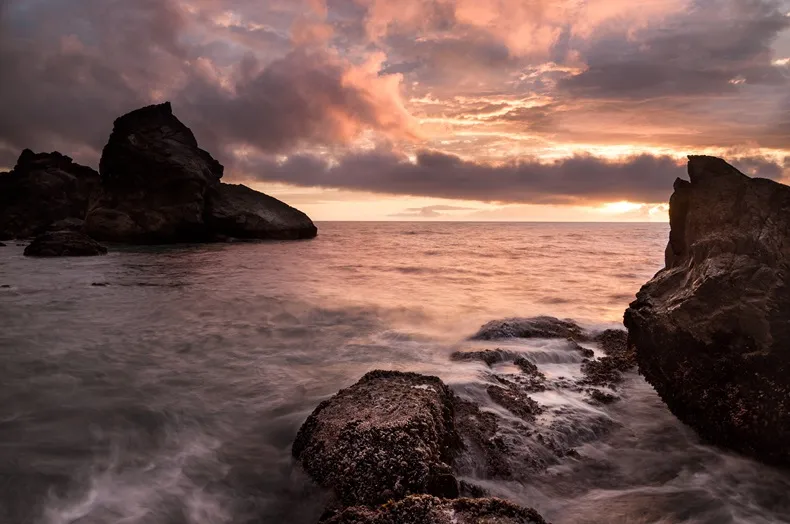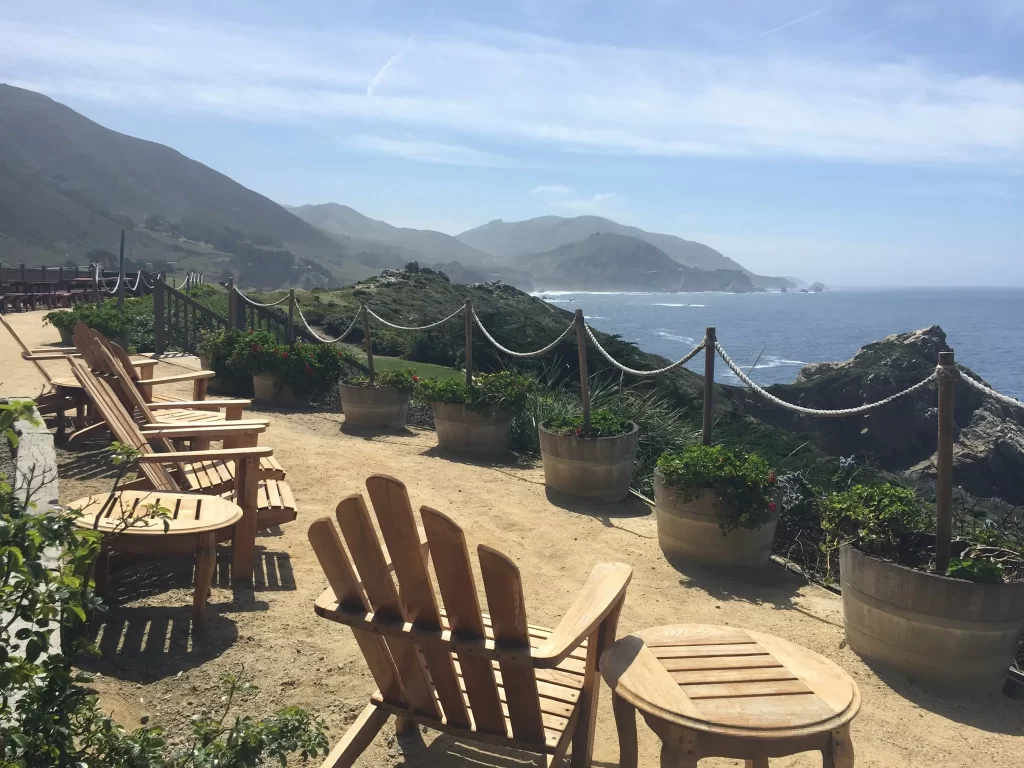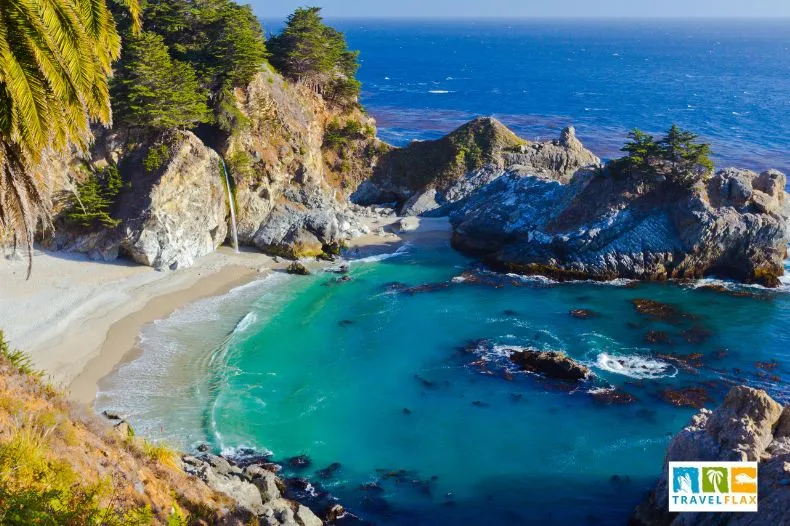
Rocky Point, also known as Puerto Peñasco, is a stunning seaside location situated along the Gulf of California in the Sonoran Desert. This year-round vacation town in Mexico is well-known for its gorgeous beaches, mild waters, and lively local culture. When considering the worst time to visit Rocky Point, many travelers point to the summer months, especially June through August, as these seasons can present challenges for tourists.
But, the experience of visiting Rocky Point might differ greatly depending on the season, just like it can with many other travel sites. This in-depth examination looks at the reasons why this time of year can be less than optimal, taking into account things like intense heat, excessive humidity, crowding, and other seasonal difficulties.
1) Extreme Heat
During the summer, which many consider the worst time to visit Rocky Point, the extreme heat is one of the biggest deterrents. Temperatures in these months often surpass 100°F (38°C), with certain days recording even greater highs. This intense heat, characteristic of the worst time to visit Rocky Point, may have the following effects:
- Health Risks: Long-term exposure to these temperatures can be harmful, especially for susceptible populations including children, the elderly, and people with underlying medical disorders. During the worst time to visit Rocky Point, visitors who are ill-prepared or who participate in physically demanding activities during the warmest times of the day run the considerable danger of suffering from heat exhaustion and heat stroke.
- Comfort and Enjoyment: High temperatures considerably impact the comfort and enjoyment of outdoor activities. Because the heat radiates off the ground and the water may be rather warm, beachgoers may find it uncomfortable to stay on the sand or swim in the ocean during what’s often considered the worst time to visit Rocky Point.
- Limited Outdoor Activities: Rocky Point offers a plethora of outdoor activities, including fishing, beach sports, and sightseeing. However, during the worst time to visit Rocky Point, the intense heat may limit the amount of time guests can comfortably participate in these activities. People may be discouraged from going on excursions or seeing the town because of the heat that characterizes this challenging period.

2) High Humidity
Rocky Point experiences considerable humidity during the summer. Although the area is not as humid as other tropical locations, the heat and humidity together can make the weather feel more unbearable:
- Increased Discomfort: High humidity intensifies the effects of heat, giving the impression that it is hotter than it actually is. Increased sweating, dehydration, and general discomfort may result from this.
- Impact on Accommodations: Excessive humidity can make accommodations uncomfortable, particularly if there is insufficient air conditioning or if guests are staying in older facilities. In areas with inadequate ventilation, humidity can also cause problems like mold growth and musty smells.
3) Crowds and Over-Tourism
Ironically, despite being considered the worst time to visit Rocky Point, the summer months are when most people travel, and Rocky Point sees a great number of visitors during these periods. This influx of tourists, occurring during what many locals and experienced travelers deem the worst time to visit Rocky Point, can lead to crowded beaches and busier attractions.
- Overcrowding: Congested popular beaches and tourist destinations can lessen the tranquility and fun that one hopes to find on a beach trip. Busy streets, packed restaurants and lengthy lineups at attractions can all detract from the enjoyable experience.
- Higher Prices: During the summer, rates for lodging and activities frequently increase due to increasing demand. Due to this, the trip may be more expensive than it would be at other times of the year when there may be greater discounts and lower costs.
- Reduced Availability: During the summer, rates for lodging and activities frequently increase due to increasing demand. Due to this, the trip may be more expensive than it would be at other times of the year when there may be greater discounts and lower costs.
4) Monsoon Season
The monsoon season in northern Mexico, which includes the Rocky Point region, coincides with the summer months:
- Occasional Rainfall: Rocky Point does not endure major monsoon rains like other parts of Mexico, but it does get occasional showers and thunderstorms. These downpours of rain might ruin plans to be outside and make the beaches dirty.
- Unpredictable Weather: In addition to bringing unpredictable weather patterns, the monsoon season can make it challenging to schedule activities ahead of time. Visits to the beach and other outdoor activities may be impacted by sudden thunderstorms and strong winds.

5) Local Conditions and Services
During the summer, local conditions and services in Rocky Point might be influenced by high temperatures and increasing tourist numbers:
- Strain on Infrastructure: The local infrastructure, which includes transportation, waste management, and water supply, may be strained by the increase in tourists. This may result in problems like a shortage of water or worsening traffic.
- Potential for Service Disruptions: The local infrastructure, which includes transportation, waste management, and water supply, may be strained by the increase in tourists. This may result in problems like a shortage of water or worsening traffic.
6) Seasonal Wildlife and Environmental Factors
The local fauna and the surrounding environment in Rocky Point are also impacted by summer:
- Marine Life: Activities like diving and snorkeling may be impacted by the marine life that is impacted by the warm seas. It’s possible that some species are less active or harder to see in the summer months.
- Desert Environment: With fewer floras and a higher chance of dust storms, the desert terrain surrounding Rocky Point can get even more parched and harsher in the summer. This may affect trips to neighboring natural reserves or into the desert.
Mitigating the Challenges
These are the techniques to alleviate the obstacles of visiting Rocky Point during the summer months:
- Stay hydrated and cool: Drink plenty of water and apply sunscreen. During the hottest part of the day, stay inside and make use of any available air conditioning.
- Plan Ahead: Book your accommodations and activities early in advance to ensure availability and possibly find better bargains.
- Early or Late Activities: To avoid the hottest part of the day, plan your outside activities for early morning or late afternoon. Many people discover that these are the times when the temperatures are more tolerable.
- Choose Accommodations Wisely: Choose lodgings with dependable air conditioning and adequate ventilation to effectively control the temperature and humidity.
The Worst Time To Visit Rocky Point Month Wise

Let’s break down the worst times to visit Rocky Point (Puerto Peñasco) season-wise. Each season presents its own challenges and drawbacks, which can affect the quality of your visit. Here’s a detailed look at each season to help you plan:
1. Winter (December to February)
Pros:
- Mild Weather: Many people find the colder temperatures in Rocky Point to be quite pleasant throughout the winter. It is generally suitable for outdoor activities during the day, with highs in the mid-60s to low 70s°F (18-22°C).
Cons:
- Cool Evenings: Although it’s often warm during the day, the temperature can drop dramatically at night, occasionally reaching the 40s°F (4–9°C). This may not be the best option for anyone hoping for warm beach nights because it can make evenings cool.
- Limited Beach Activities: Cooler temperatures and even gusty breezes might make beach activities less appealing. Not every visitor may find swimming in the occasionally chilly water to be enjoyable.
- Increased Demand: Due to holiday vacations, winter can be a hectic time, especially during the holidays. This may result in more expensive lodging and more people visiting famous locations.
2. Spring (March to May)
Pros:
- Pleasant Weather: Rocky Point is usually at its most pleasant in the spring, when temperatures range from the mid-70s to the low 80s°F (24–28°C). The weather is usually ideal for outdoor pursuits and trips to the beach.
Cons:
- Spring Break Crowds: March often sees a spike in the number of college students and young adults, particularly during Spring Break. This results in crowded beaches and increased lodging costs. Additionally, this may make the atmosphere noisier, which may not be what people looking for a peaceful experience want.
- Allergy Season: Depending on the weather circumstances, spring may bring higher pollen levels, which could affect guests with allergies.
3. Summer (June to August)
Pros:
- Warm Weather: If you prefer hot weather and are seeking for peak beach season, July has the highest temperatures, which frequently approach 100°F (38°C). For people who enjoy the heat and sunbathing, this is perfect.
Cons:
- Extreme Heat: For many guests, the severe heat can be oppressive and uncomfortable. Long-term exposure can be dangerous, particularly for people who are not used to such high temperatures.
- High Humidity: Higher humidity throughout the summer can exacerbate the uncomfortable and oppressive heat.
- Crowds and High Prices: Summer is a popular travel season, which means that beaches and streets are packed, and accommodations and activities cost more. Crowded popular sights can make for a less enjoyable experience.
- Monsoon Season: In northern Mexico, the summer months coincide with the monsoon season, which occasionally brings rain and thunderstorms. Rocky Point doesn’t get a lot of rain, but the weather can still be erratic and interfere with plans to be outside.
4. Fall (September to November)
Pros:
- Milder Weather: Since the summer heat is starting to fade, fall is frequently regarded as one of the greatest seasons to visit. Although still warm, daytime highs in the 80s°F (27–32°C) are more comfortable than in the summer.
- Fewer Crowds: There are typically fewer tourists as the summer vacation comes to a close and schools resume, which results in a more laid-back vibe and better lodging options.
Cons:
- Lingering Heat: Early October may still have heat retention from the summer, making it uncomfortable for people who are sensitive to high temperatures.
- Potential for Hurricanes: Rocky Point is not very vulnerable to direct hurricane strikes, but there is still a chance of some weather-related disruptions or elevated humidity during the Pacific hurricane season (June to November), especially in September and October.
Since every season has pros and cons of its own, the worst time to visit Rocky Point will depend on the things you want to get out of your trip.
External Resources:
National Oceanic and Atmospheric Administration (NOAA) URL: https://www.noaa.gov/
Mexico’s Secretary of Tourism (SECTUR) URL: https://www.gob.mx/sectur/
Centers for Disease Control and Prevention (CDC) – Travelers’ Health URL: https://wwwnc.cdc.gov/travel/destinations/traveler/none/mexico
Puerto Peñasco Official Tourism Website URL: https://www.puertoPEÑASCO.com/
Conclusion
In conclusion, Rocky Point is a wonderful place with a lot to offer, but there are a few issues that come up during the summer that might make a trip there less than ideal.
A number of factors, including intense heat, high humidity, crowded situations, sporadic rains, and regional factors, may make this time of year unsuitable for many tourists.
Summer visitors should be aware of the worst time to visit Rocky Point in advance and take precautions to lessen the negative effects on their trip.
Traveling in the winter or colder shoulder seasons, when temperatures are more moderate and crowds are smaller, can make for a more comfortable and pleasurable stay.
